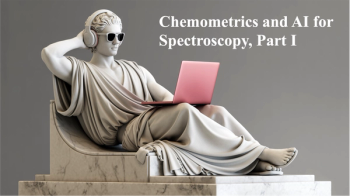
LIBS for Geological Study
Researchers from New Mexico State University (Las Cruces, New Mexico) have replaced the standard rock identification tools of field geologists with laser-induced breakdown spectroscopy (LIBS).
Researchers from New Mexico State University (NMSU) (Las Cruces, New Mexico) have replaced the standard rock identification tools of field geologists with laser-induced breakdown spectroscopy (LIBS). The technique involves virtually no sample preparation and results are instantaneous. In addition, LIBS is now portable, and requires only an electric generator to operate in the field.LIBS allows for conclusive testing to be done on tiny amounts of material, thereby limiting the damage to precious stones and archaeological materials such as paint.
Nancy McMillan, department head and professor of geology at NMSU, said that while many universities are currently using LIBS, only a few geology departments are using it to study Earth materials. And with future applications of LIBS growing, "The students are positioning themselves for exciting jobs as this technology hits geoscience industries and they are the people in their generation that are already trained," McMillan said.
Newsletter
Get essential updates on the latest spectroscopy technologies, regulatory standards, and best practices—subscribe today to Spectroscopy.





